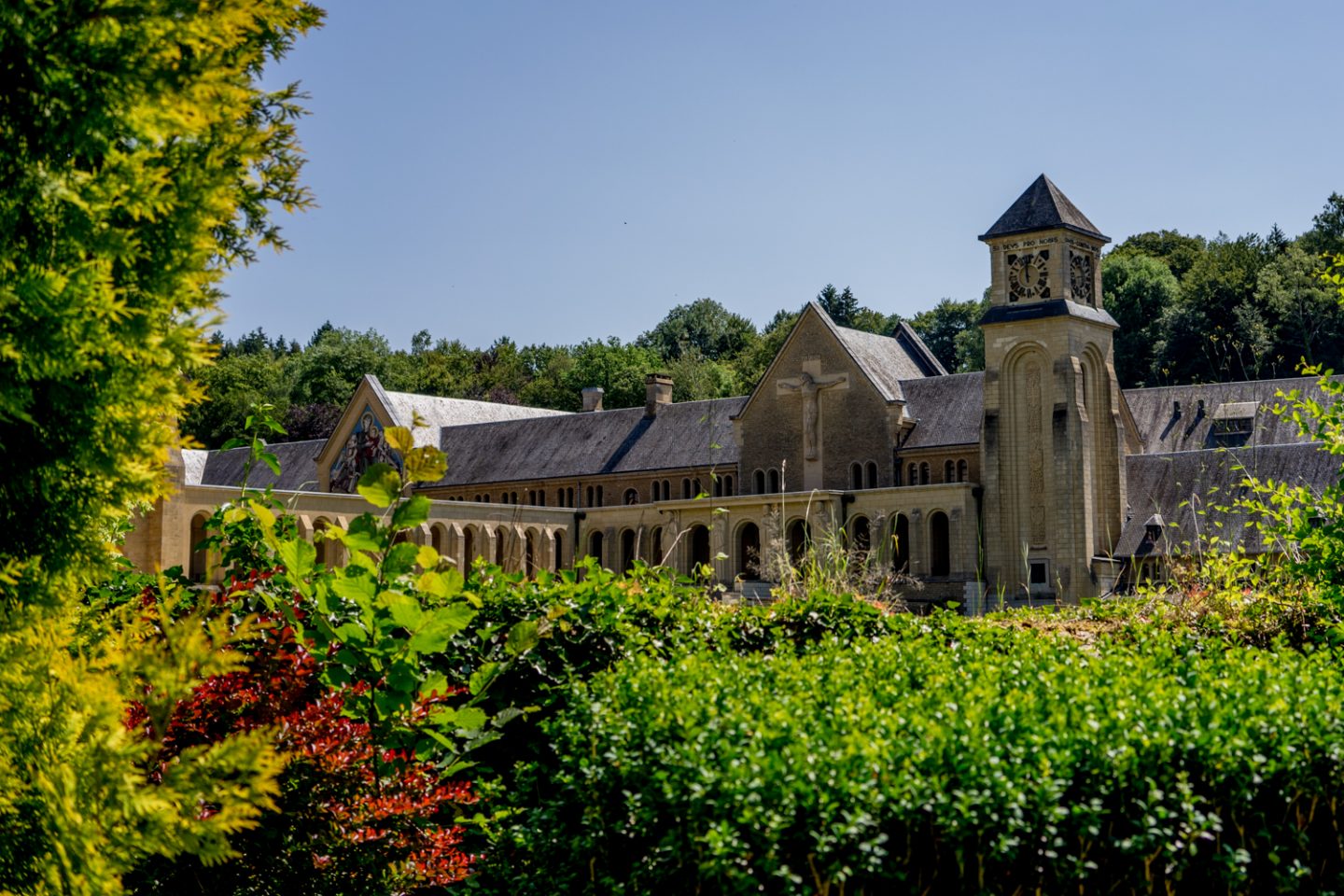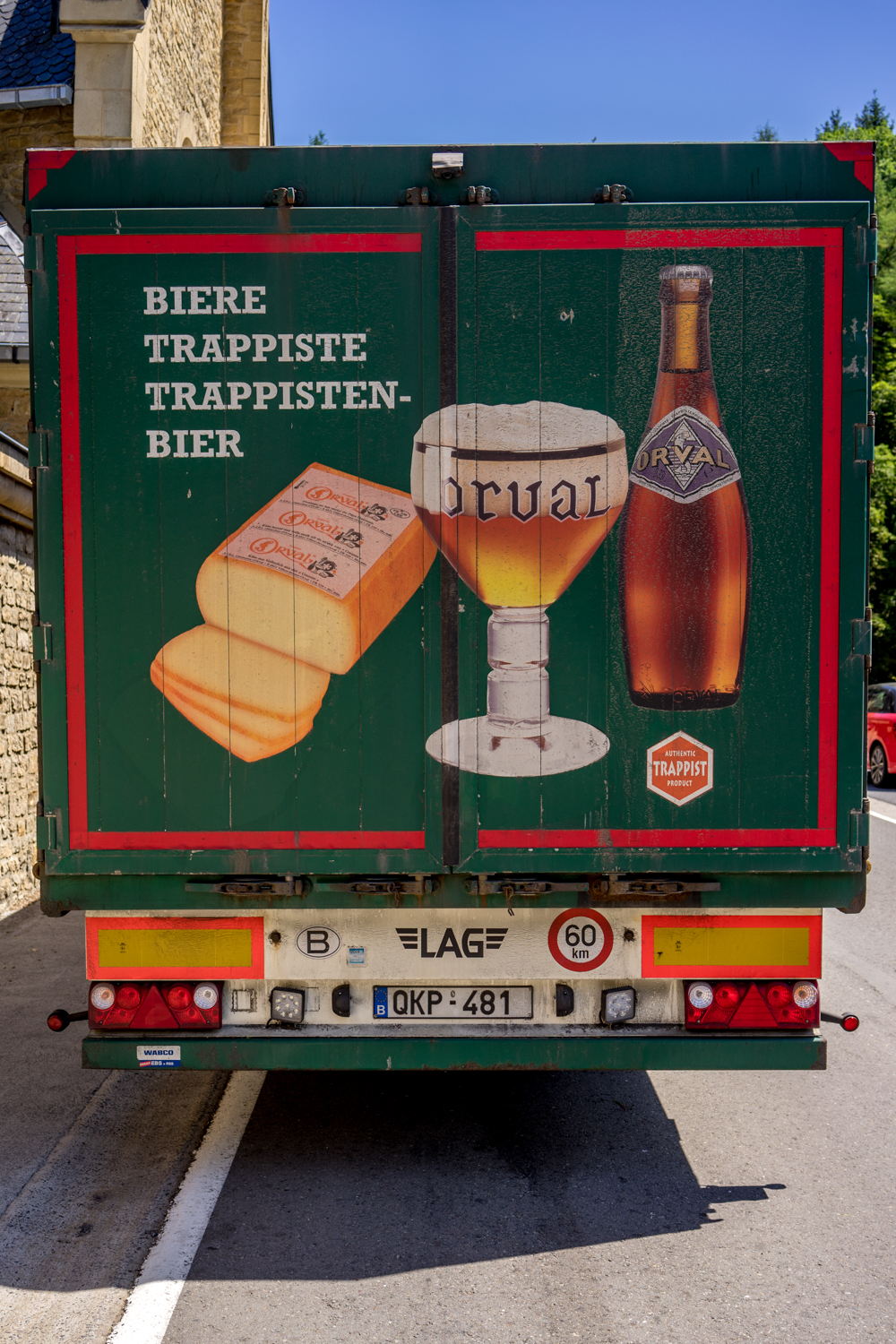Few
would expect monks to brew very strong beer. Even fewer would think said beer
is made for the good of mankind. But that’s a specialty of Belgium’s Trappist
breweries.
Dotted
throughout Belgium are half a dozen Trappist breweries where monks brew beer for
the enjoyment of the masses, and the commercial benefit of their monasteries.
Indeed,
holy men once brewed beer all across this part of Europe as a way to deliver
safe drinking water to the masses, while also making a pretty penny for their monasteries.
Bustling village populations, and their ablutions, made tainted drinking water
common, so churches brewed very low-alcohol beer to supply people with clean,
tasty hydration.
Nowadays,
though, Belgium’s brewer monks produce potent beer, exporting it around the
world to high acclaim.
 Orval Abbey, Belgium
Orval Abbey, Belgium
The
Orval Abbey, or Abbaye D’Orval, in the south of Belgium is a delightfully quirky
place to visit. Nestled in dense forest on the French border, this lush, green,
hilly country is familiar to anyone who knows the opening courses of the Tour
de France, or watches Second War World War miniseries such as Band of Brothers.
The
monastery sits in a verdant valley atop a spring. Legend says it’s located there
because around 1000 years ago the widowed Countess Mathilde of Tuscany dropped
her wedding ring in the river flowing through the valley. Distraught, she
prayed for its return until a trout emerged from the water with her ring in its
mouth.
Aquatic
coincidence or not, Mathilde deemed the valley a golden one (‘or’ means gold,
and ‘val’ is an old contraction of valley in French, hence ‘Orval’), and kicked
off a religious order.
The
original cathedral was burned to the ground amid waves of French Revolution,
but its bones remain with creepers and ivy climbing up the exposed columns.
The
new monastery sits beside the old cathedral, as it was rebuilt in the early
20th century with a distinctly Art Deco flair. Indeed, the monastery’s rebuild
coincided with a rebrand for Orval. Its own bottle labels and logo of Mathilde’s fish grasping her ring
in its mouth are also deeply Deco.
As
such, touring the grounds is a curious, somewhat contradictory wander, with Art
Deco sculptures scattered about the historic gardens. Part of the dead
cathedral has been turned into a museum for the monks, brewing traditions,
while other sections are devoted to the Catholic ruins and artefacts lying all
over the place.
Then
there’s the fully functioning brewery combined with a monastery right next door
to the ruins. Casual visitors cannot enter the monastery’s cloisters or the
brewery, which is common in Trappist abbeys due to the rules of the monks’
order, but sad nonetheless.
The
Art Deco architectural approach is also tied to Orval’s commercial products,
which all retain deco twists from 20th-century marketing. The beer, cheese,
glass goblets and myriad other trinkets all retain a smooth deco charm.
One
section of the monk museum explains this connection in fascinating detail,
taking visitors through the recapitalisation of the brewery, with all the
old-school beer posters and 1930s fonts a graphic designer could desire.
Orval
only produces two beers – one strong ale for mass consumption, and another
lighter version of the ale for monks and local restaurants. The beer is a
cloudy dry, fruity drop. It’s a beverage with as much complexity as the
monastery that produces it, inspiring contemplation of the good things in life.
There
is no ‘cellar door’ at which to enjoy the beer (unless you’re there for a
religious visit, in which case you’ll drink with monks at every meal), but there
is a gift shop, and a restaurant just down the road, which even serves the rare,
light version of Orval’s ale.
While the Orval Abbey might appear to be a contradiction at first, it all makes sense after a day in this uniquely Belgian part of the world. As anyone who’s savoured a few glasses can attest, monklike meditation and very strong beer is a match made in heaven.

Get the latest from The Adelaide Review in your inbox
Get the latest from The Adelaide Review in your inbox